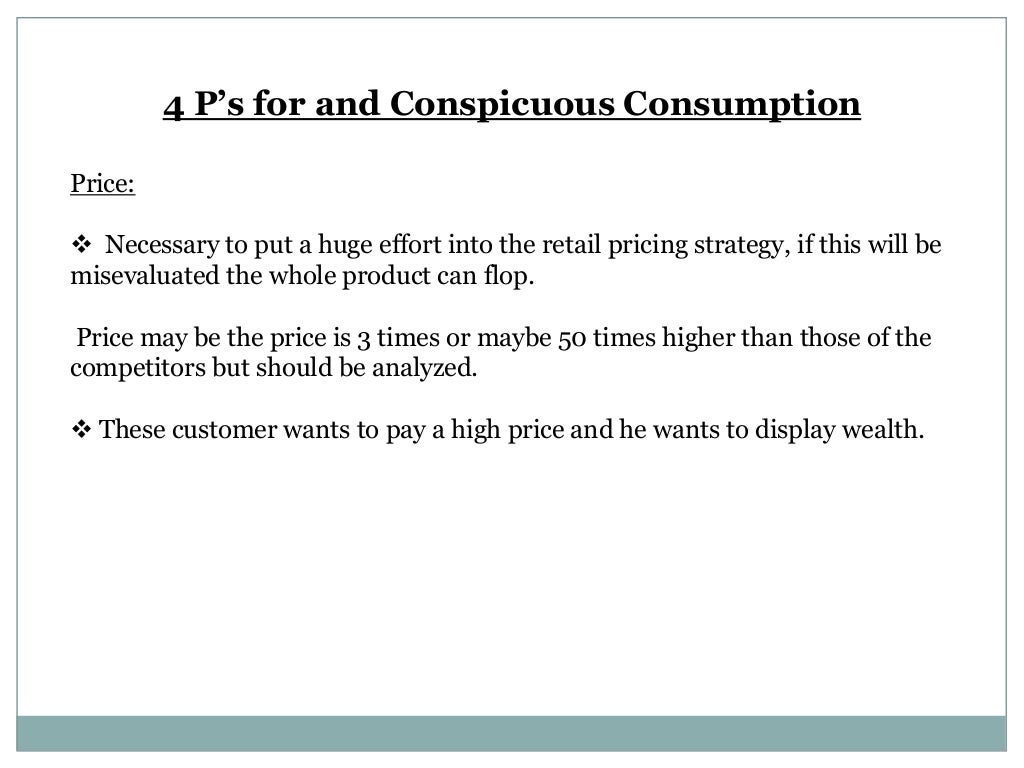
A study in the field of neuroscience suggested that men and women may require different amounts or components of mindfulness meditation to achieve similar results (Luders et al., 2015).

Gender differences in the effect of mindfulness have been a focus of many studies (e.g., Lomas et al., 2016 Rojiani et al., 2017). Given the above, people with higher mindfulness might have lower materialism and status anxiety, such that they become less likely to automatically engage in conspicuous consumption. Mindful people let emotions pass by, and thus may have lower status anxiety. Second, mindfulness as reperceiving facilitates better self-management, which means not reacting reflexively to particular emotional states (Shapiro et al., 2006). Mindful people are likely to hold values based on personal development rather than the blind pursuit of material acquisition. First, mindfulness as reperceiving facilitates values clarification, which involves recognizing what is meaningful and of true value (Shapiro et al., 2006). Through the process of reperceiving, people who are mindful obtain a clearer and more objective view of the present experience, as such they have less reflexive or impulsive behavior (Brown and Ryan, 2003).Īccording to the mindfulness reperceiving model, values clarification and self-management are two additional mechanisms fostered by reperceiving (Shapiro et al., 2006). According to this model, mindfulness can promote a fundamental psychological perspective shift called “reperceiving,” a meta-mechanism of action that leads to change and positive outcomes (Shapiro et al., 2006). In the current study, we employed the mindfulness reperceiving model (Shapiro et al., 2006) as a conceptual framework for testing mindfulness as an inhibitor of conspicuous consumption. As a consequence, they might be aware of what they really need to buy and can engage in rational consumer behavior. For example, someone who has a high level of mindfulness may engage in less conscious consumption, and develop a notion of self that is dependent on intrinsic value rather than extrinsic value. The goal of mindful consumption is to engage in the kind of temperate consumption that is optimal for one's well-being and in line with one's values (Sheth et al., 2011). Mindful consumption has become an emerging topic in the field of consumer behavior (e.g., Milne et al., 2020 Sheth et al., 2011). Mindfulness refers to an awareness of and attention to the current experience from moment to moment in an open, nonreactive, and nonjudgmental way (Kabat-Zinn, 2003). This issue is important because it is known that in this age of customer-centricity, fashion design, production, and retail can only be successful if they map the mindset of consumers (Gadhavi and Sahni, 2020). Even so, the role of mindfulness in influencing conspicuous consumption from the consumer perspective has not been thoroughly measured and evaluated. A recent study found that mindfulness was negatively associated with conspicuous consumption through higher self-esteem and self-concept clarity, and through lower consumer susceptibility to normative influence (Bharti et al., 2022). Whereas the socio-psychological antecedents of conspicuous consumption have received attention from researchers (e.g., Truong and Mccoll, 2011 Wang and Zhu, 2016), only a few studies have examined the role of personality traits in influencing conspicuous consumption, especially with regard to mindfulness. Therefore, it is necessary to identify the antecedents of conspicuous consumption, and to develop effective methods to control and decrease it. Conspicuous consumption has been shown to be associated with lower consumer well-being (e.g., Jaikumar and Sharma, 2021), lower social financial stability (e.g., Pettit and Sivanathan, 2010), and the use of more environmental resources (e.g., Van Vugt et al., 2014).

According to Veblen (1899), not only the leisure class, but all social and income classes will have conspicuous consumption driven by the secondary utility of the product or service.

As a “showy behavior”, conspicuous consumption involves spending money to attain status and impress other people (Veblen, 1899). Conspicuous consumption is considered an important perspective from which to understand the purchase of fashion products (e.g., Hewage et al., 2021 Zhang and Zhao, 2019). According to the Global Fashion Industry Statistics (GFIS), the value of the fashion industry in the market is up to 3000 billion USD and accounts for about 2% of the world's GDP. The fashion industry has been one of the most dynamic and rapid-growing industries over the past two decades, as the global economy and living standards increase (Bai et al., 2021).


 0 kommentar(er)
0 kommentar(er)
